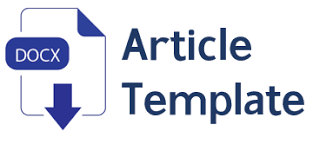| Menu |
| Focus and Scope |
| Author Guidelines |
| Author Fee |
| Online Submission |
| Editorial Team |
| Reviewer |
| Peer Review Process |
| Publication Ethics |
| Screening for Plagiarism |
| Statement of Originality |
| Open Access Statement |
| Copyright Notice |
| Template Journal |
 |
| References Tools |
 |
 |
| Citation Analysis |
| Indexing |
 |
 |
| Visitors Statistik |



